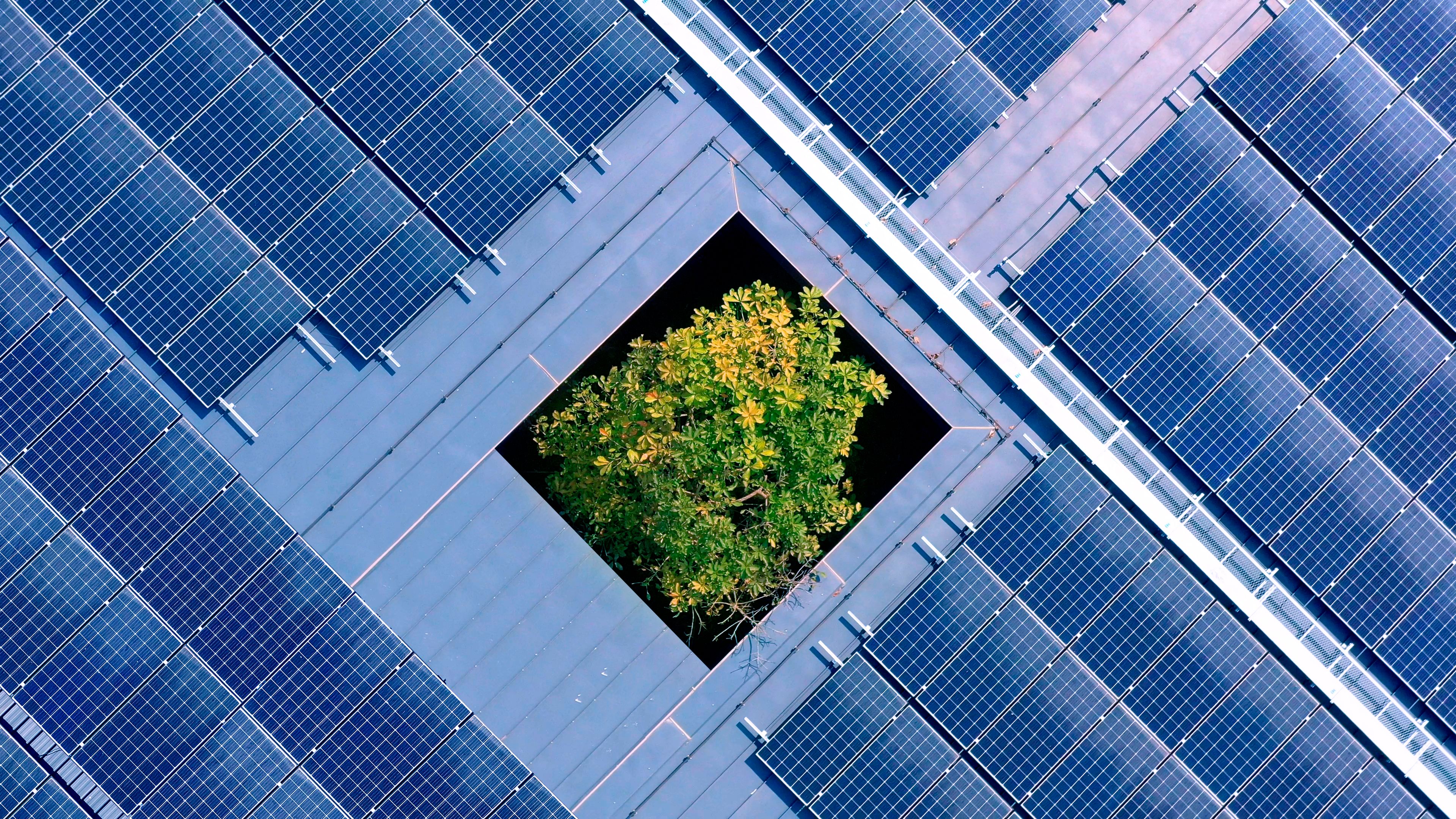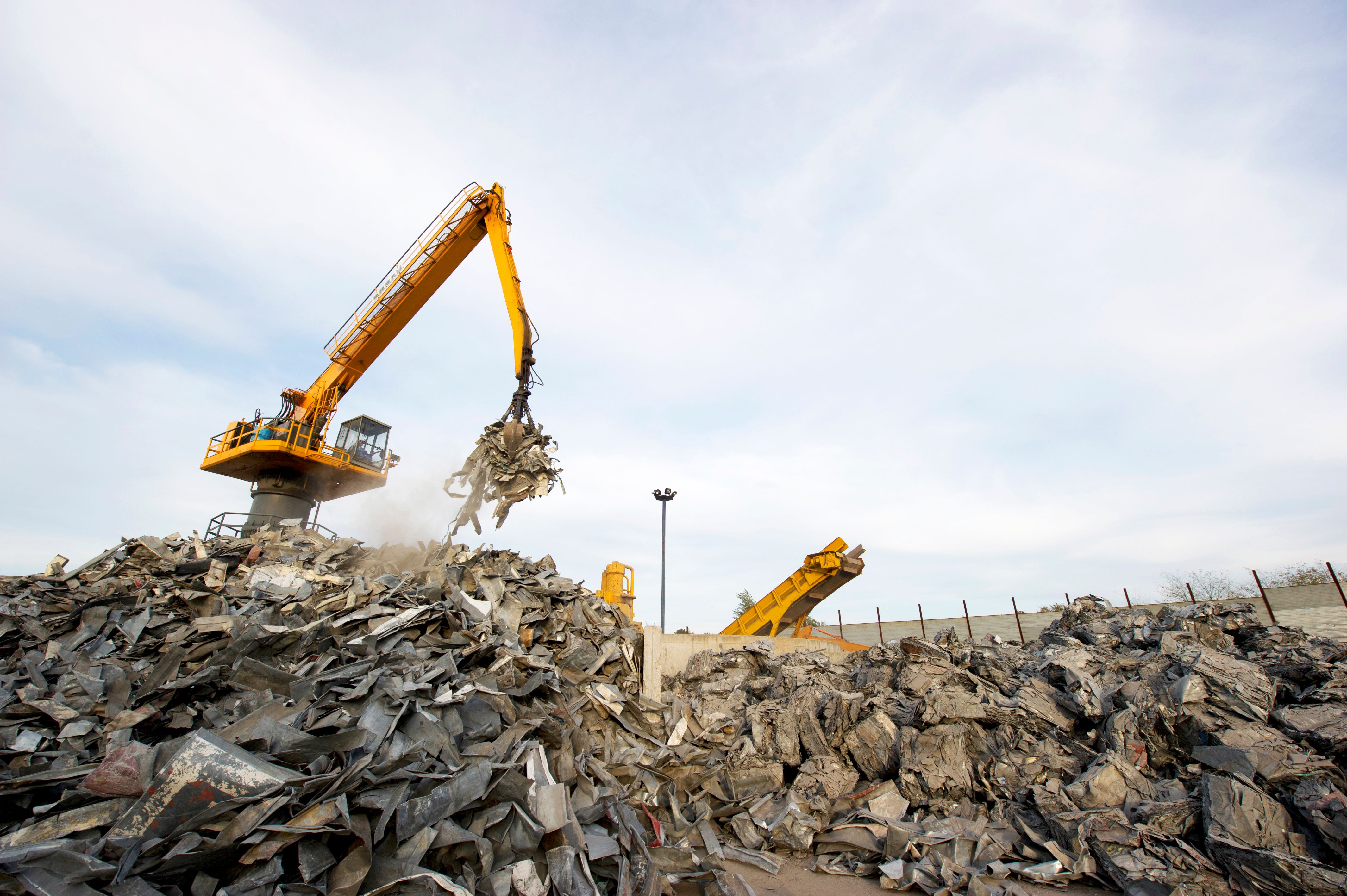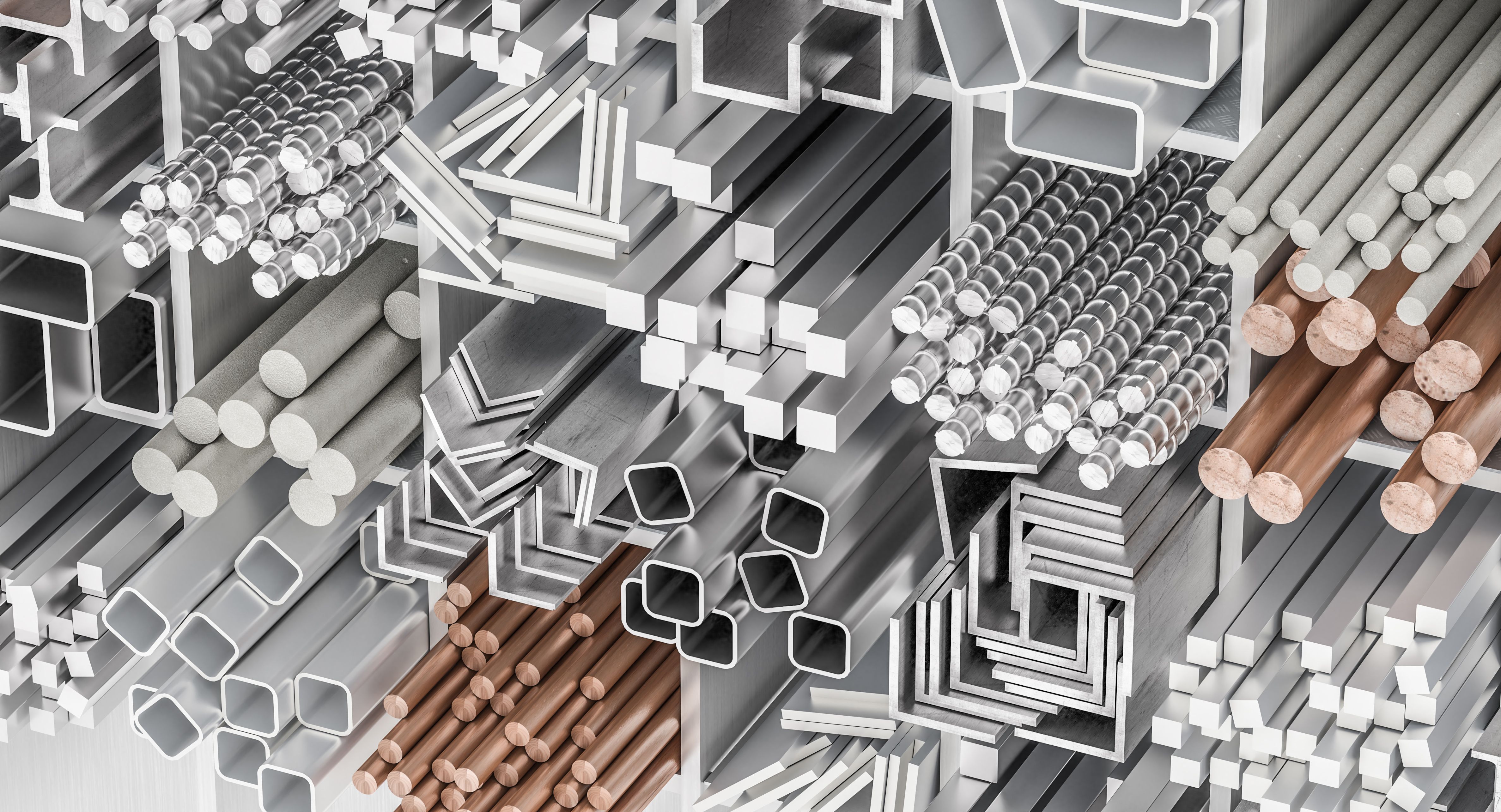Innovations in Sustainable Steel Fabrication in Hayward
Introduction to Sustainable Steel Fabrication
Steel has long been a cornerstone of construction and manufacturing, but its production has historically been associated with significant environmental impacts. In recent years, however, the industry has seen remarkable innovations aimed at reducing its carbon footprint. Hayward, a city known for its industrial prowess, is at the forefront of these advancements in sustainable steel fabrication.
These innovations are not only crucial for the environment but also beneficial for businesses seeking to meet evolving regulatory standards and consumer expectations. The transition to greener steel production methods can lead to more sustainable urban developments and infrastructures.

Eco-friendly Production Techniques
One of the major breakthroughs in sustainable steel fabrication is the adoption of eco-friendly production techniques. These methods focus on minimizing waste and reducing emissions during the manufacturing process. A popular approach involves using Electric Arc Furnaces (EAFs) instead of traditional blast furnaces, which significantly lower greenhouse gas emissions.
Furthermore, manufacturers are increasingly utilizing renewable energy sources such as wind and solar power in their operations. This shift not only decreases reliance on fossil fuels but also helps in cutting down the overall carbon emissions associated with steel production.
Recycling and Reuse of Materials
Recycling is a cornerstone of sustainability in the steel industry. In Hayward, companies are implementing advanced recycling technologies to reclaim steel from old structures and products. This recycled steel can then be processed and reused, leading to substantial reductions in energy consumption and raw material usage.

In addition to recycling, there's a growing emphasis on the reuse of steel components. By designing buildings with modular steel parts, architects and engineers can facilitate the dismantling and repurposing of materials at the end of a structure's life cycle, thereby extending the material's usefulness.
Innovative Alloy Development
Another exciting development in sustainable steel fabrication is the creation of new alloys that require less energy to produce. These innovative materials often incorporate alternative elements that enhance performance while reducing environmental impact.
- Increased strength-to-weight ratio
- Improved corrosion resistance
- Lower energy requirements for production
The development of these alloys is a testament to the industry's commitment to producing more durable and sustainable products without compromising quality or performance.

The Role of Technology in Sustainable Practices
Technology plays a pivotal role in advancing sustainability in steel fabrication. Automation and digitalization are helping factories optimize their energy use, minimize waste, and streamline supply chains. With the aid of smart sensors and data analytics, manufacturers in Hayward can monitor their processes in real-time, ensuring efficient operations and reduced emissions.
Additionally, integrating artificial intelligence into production lines allows for predictive maintenance, which reduces downtime and prolongs equipment life, further contributing to sustainability goals.
Conclusion: A Greener Future for Steel
The innovations in sustainable steel fabrication mark a significant step towards a greener future for the industry. With Hayward leading the charge, these advancements illustrate how traditional industries can adapt to modern environmental challenges while still meeting economic demands.
As the industry continues to evolve, it will be crucial for all stakeholders to embrace these sustainable practices, ensuring that steel remains a viable and eco-friendly resource for generations to come.